Ultimate Asian Street Food Delights to Savor in Your Home


Hong Thaimee

Soulayphet Schwader

Emily Peck
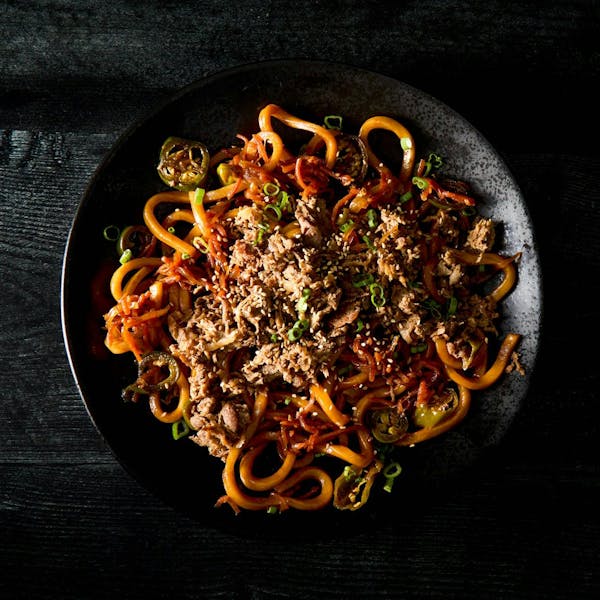
Sergio Tominaga

Hong Thaimee
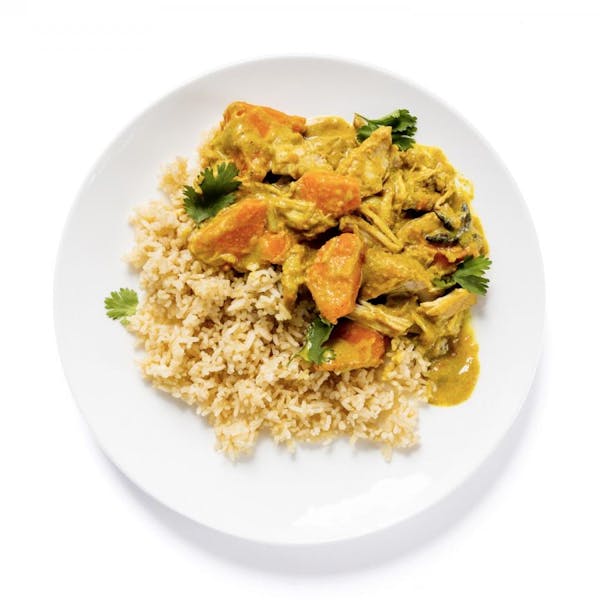
Amy Pryke
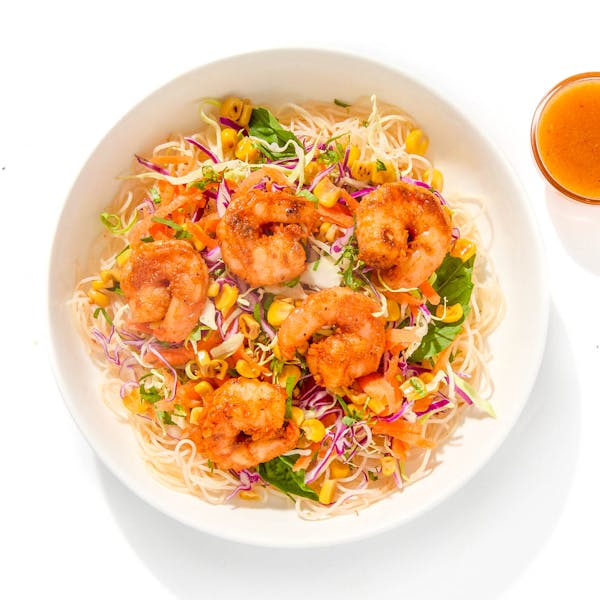
Hong Thaimee

Esther Choi
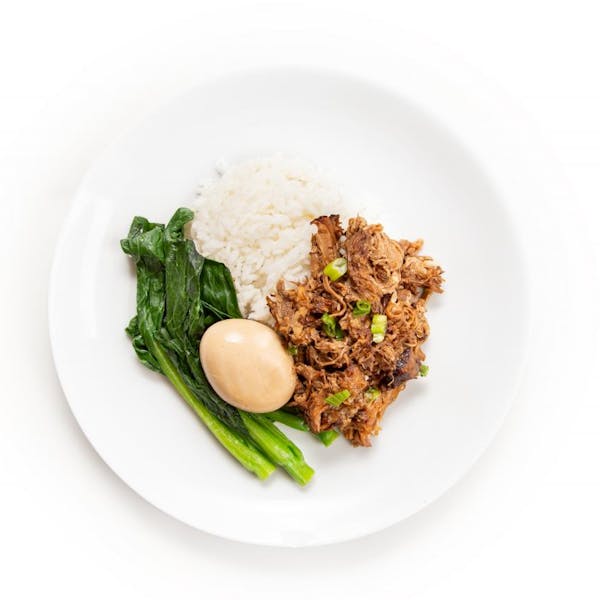
Yong Zhao & Wanting Zhang

Amy Pryke

Soulayphet Schwader

Esther Choi

Sergio Tominaga

Ruben Garcia

Kristy Flores

Yong Zhao & Wanting Zhang

Hong Thaimee

Andrew Corrigan
Related Articles

10 authentic Filipino recipes that bring Manila flavors to your table
Filipino recipes for adobo, sinigang, pancit, and more—plus cooking tips, cultural insights, and ingredient swaps for authentic home-style meals.

Sam Oriach |
Recipe created on: 10/19/2025
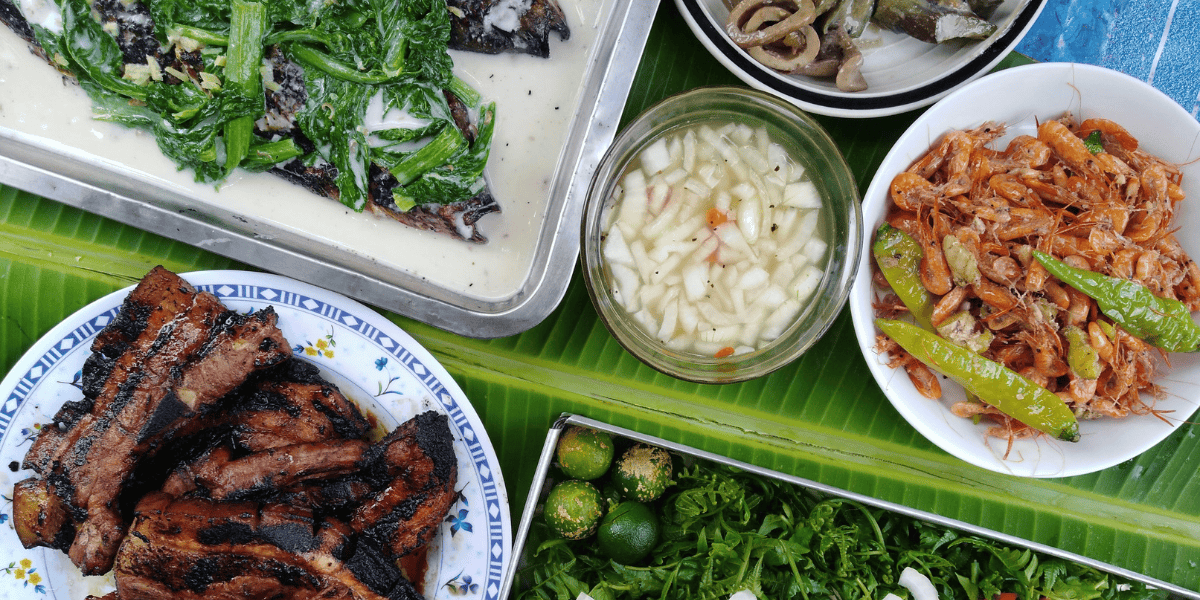
Filipino food guide: Signature ingredients and how to use them
Filipino food features bold sweet, sour, and savory flavors using vinegar, soy sauce, and aromatics. Learn how key ingredients shape classic Filipino dishes.

Sam Oriach |
Recipe created on: 10/19/2025
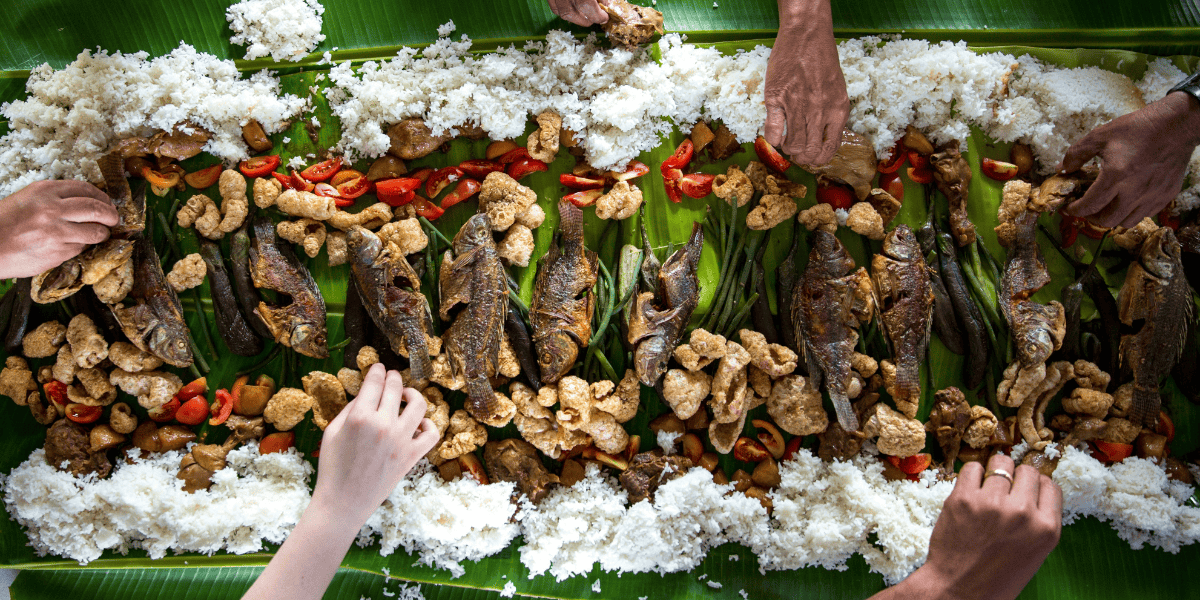
Complete guide to Filipino cuisine: History, flavors, and techniques
Filipino cuisine blends bold flavors, diverse influences, and regional dishes—from adobo to sinigang—in a rich culinary tradition across 7,000+ islands.

Sam Oriach |
Recipe created on: 10/12/2025